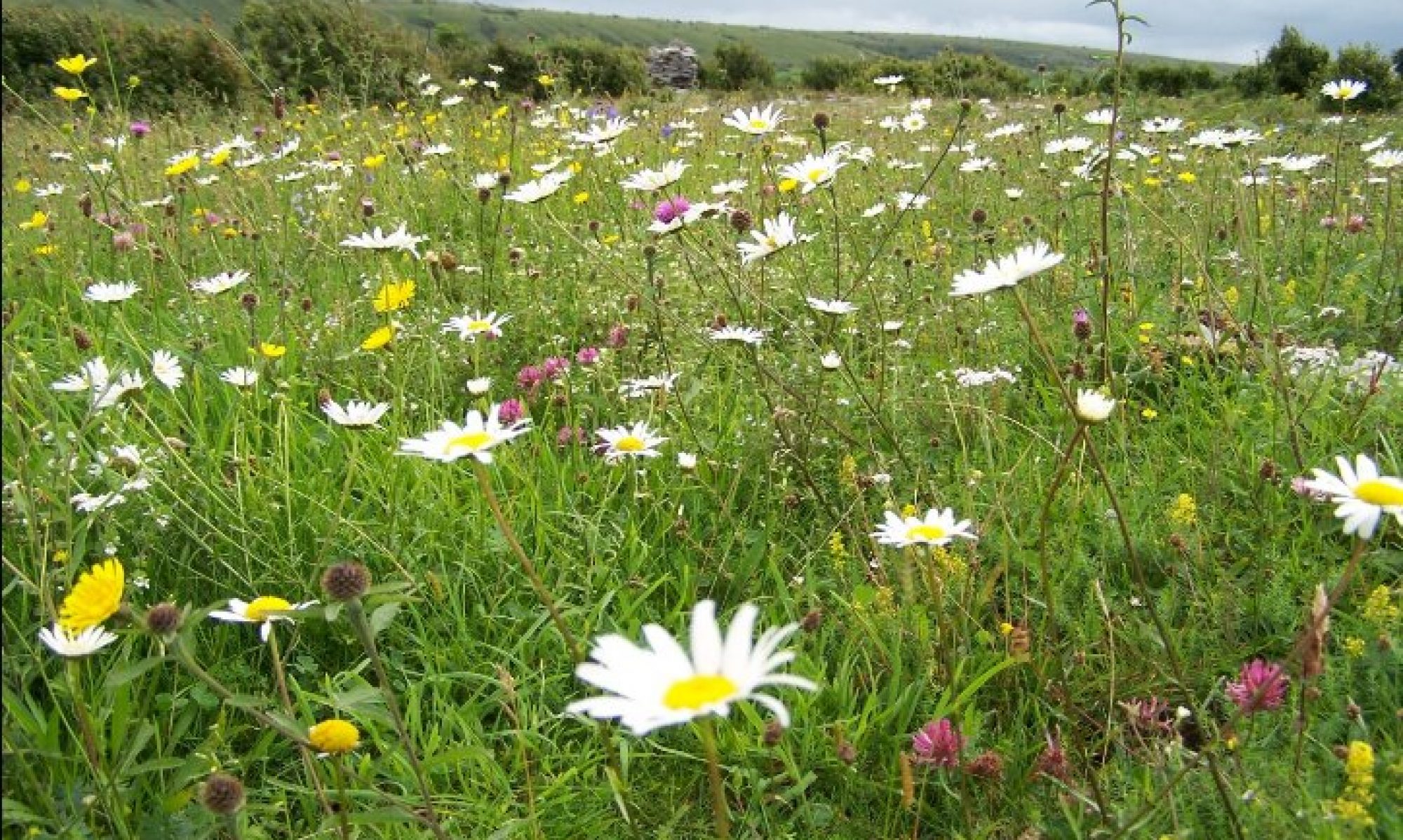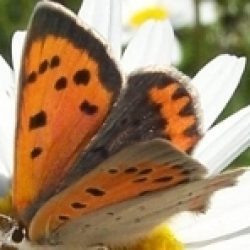August has drained into September. September so far refuses to redeem its predecessor, dribbling feebly on some days while squally showers and sharp bursts of sheeting rain dominate others along with murky skies and rapidly depreciating daylight. September has not shone but the scarlet and black Red Admiral is everywhere, and building its forces still. This most handsome migrant has been advancing since April and is now erupting, commandeering nectar supplies for the next phase of its campaign.
A breeder on the Stinging Nettle, it has been quietly about its business all summer and is now showing its colours. Over 80 were counted at Lullybeg today, almost all of them in picture-perfect in their regimental dress uniforms. While not intricately patterned and multi-coloured like the Peacock, the Red Admiral has a smart costume, arrestingly sharp in appearance. Most if not all of the Red Admirals I saw today will feed a few days more before heading south across the Irish Sea or St George’s Channel to invade, or seek refuge in warmer climes perhaps in the south of England or the continent. There some of our Red Admirals might settle to breed while others may push further southwards before finding the conditions suitable for their offspring.
The very southern fringes of Spain and France or even North Africa might be the ultimate destination of Ireland’s autumn admirals. There, during the warm, sunny conditions along with seasonal rain will allow for breeding into next spring when dry, hot conditions burn off nettles and return our admirals to us.
In recent times, though, some admirals, it seems, have decided against the hazardous overseas migration. This phenomenon was first noticed in this part of the world near the south coast of England, around the year 2000. Some now remain in Ireland, but unlike the brave but misguided Barn Swallow in The Happy Prince, some of these have survived. Clinging on in mild spots along sheltered coastal niches, Red Admirals have been found, breeding through the winter. Howth Head in North Dublin has seen this activity. Here the strategy has been for adults to breed in late autumn and early winter and for the immature stages to develop slowly in the cool conditions from mid-winter to late spring. The coastal sighting of Red Admirals elsewhere in Ireland and England late and early in the year hint at resilient breeders or stranded butterflies.
There is no doubt, though, that most of the admirals feeding now will leave our shores. If the number of Red Admirals in our fields, woods and gardens are as high as those elsewhere in Northern Europe, there will surely be enormous numbers reaching southern breeding grounds from early October. A candidate for Butterfly of the Year 2017?


